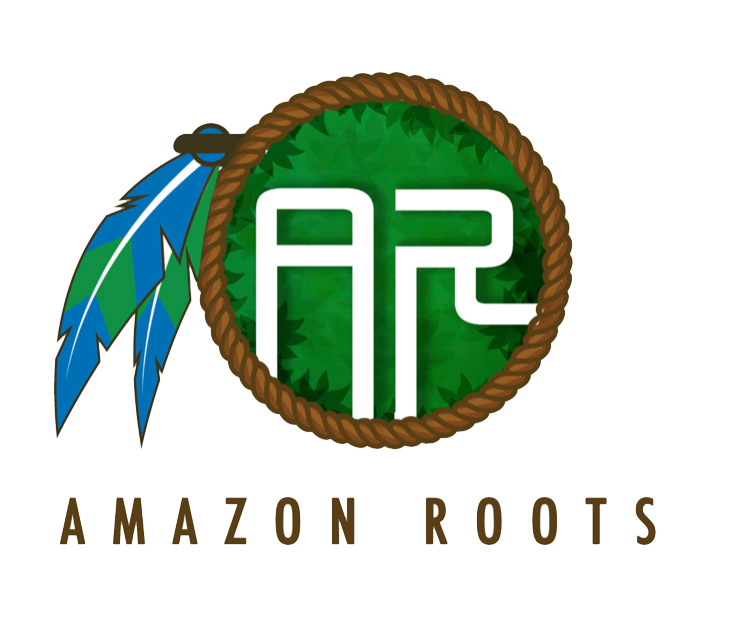TAKE A LOOK AT OUR EVENTS ON OUR EVER-EVOLVING CALENDAR.
We have many ceremonies, classes, workshops, and community events, and are engaged in continuing educational outreach to share insights about the ancestral ways of our elders, the proper and respectable use of these sacraments, the many indigenous traditions, native tribes, sustainable living, and holistic well-being.
If you have any questions, please send us a message through our Telegram channel, or join our mailing list to stay updated.
Other Rituals
Temascal
A temascal is a type of sweat lodge, which originated with pre-Hispanic indigenous peoples in Mesoamerica. The term temascal comes from the Nahuatl language, either from the words teme (to bathe) and calli (house), or from the word temāzcalli (house of heat).
Through the ritual, we return to the primal birth of our being where we honour all the elements, all beings, essence visible and invisible. Through the ritual process, in addition to physical purification, we embark on a journey through the moment of our birth, adolescence, responsible adulthood and all the way to the last period of life, then returning to the time of rebirth through the transformation of death.
KAMBO
Kambo is the venom from the Phyllomedusa bicolor, the Amazonian giant monkey frog. This medicine is well known in the Amazon as the “vaccine of the forest.” It is most easily understood as a detoxifying purgative, immune-boosting medicine, and a powerful treatment for chronic pain and drug dependency.
The venom contains short chains of amino acids, known as peptides, that affect gastrointestinal muscles and blood circulation as well as stimulate the adrenal cortex and pituitary gland in the brain. Kambo has a range of traditional and potential therapeutic applications, both medical and psycho-spiritual. The secretion is known for its powerful emetic or purgative effects. Despite its initial unpleasantness, kambo is widely sought out to revitalize body and mind.
Hapé
Discover the Essence of Rapé (pronounced hapè).
Rapé, which is translated to tobacco snuff, offers a profound connection to ancient Amazonian traditions with every application. At the core of our blends lies mapacho—a potent tobacco honored by the Huni Kuin Tribe. This revered tobacco is essential to their sacred rituals, providing a powerful experience far beyond standard varieties of tobacco.
Our hapé blends are carefully crafted with the ashes of revered plants such as katsaral, cacau, tsunu, emburana, and caneleiro, each contributing unique properties to the experience. What sets our offerings apart is our direct learning from the Huni Kuin Tribe, allowing us to honor their traditions and knowledge. Each blend embodies their ancient wisdom, with many of the ingredient recipes being closely guarded by the shamans.
Experience the true spirit of the Amazon and connect with its vibrant culture!
